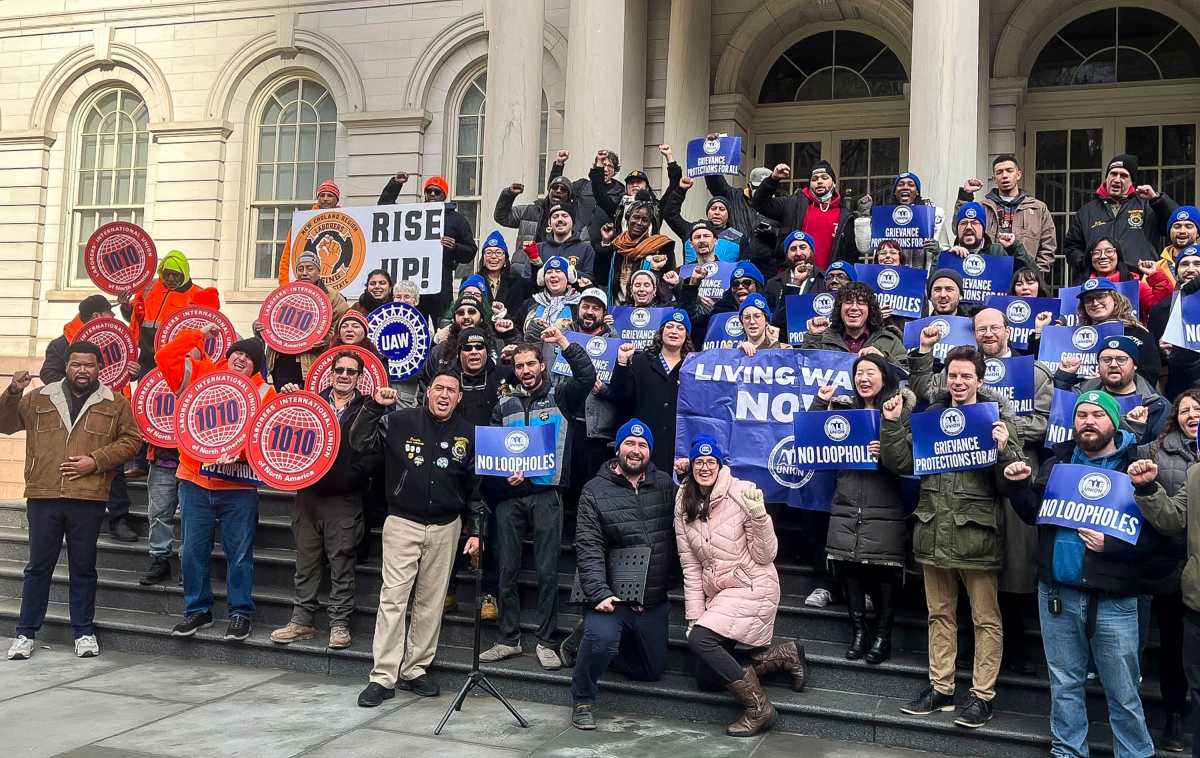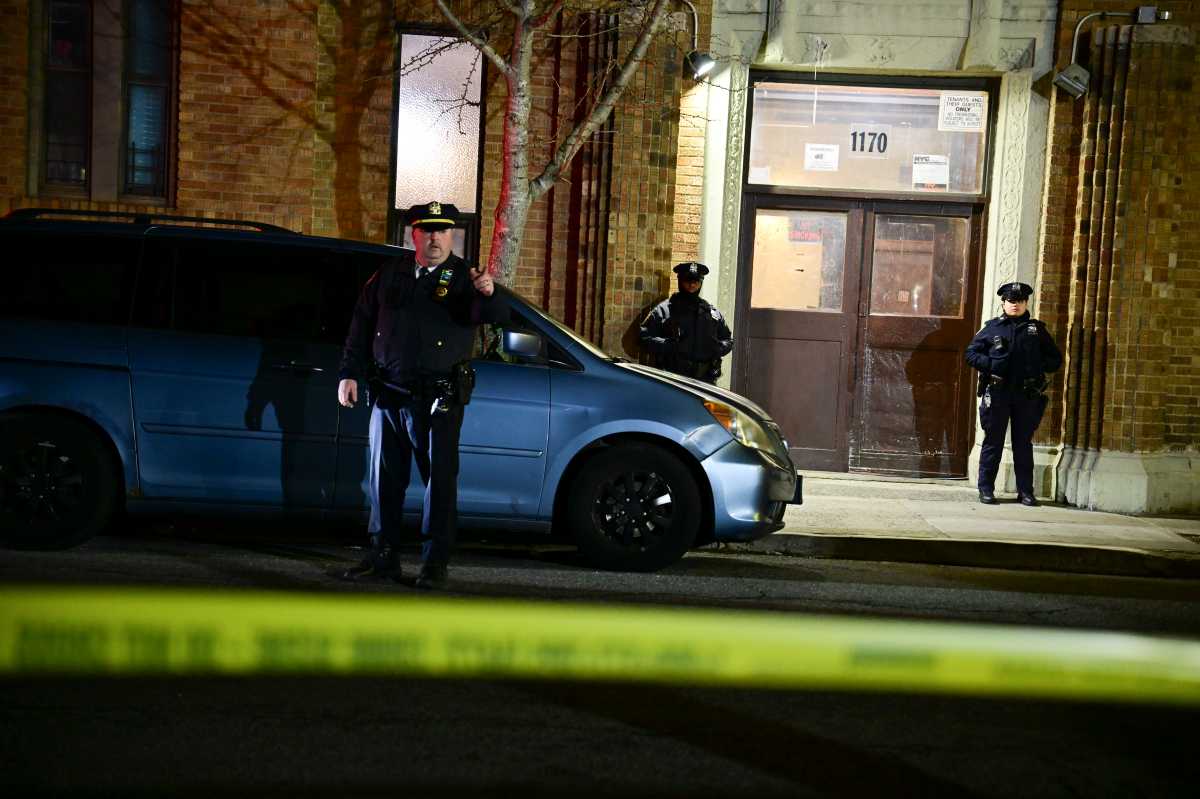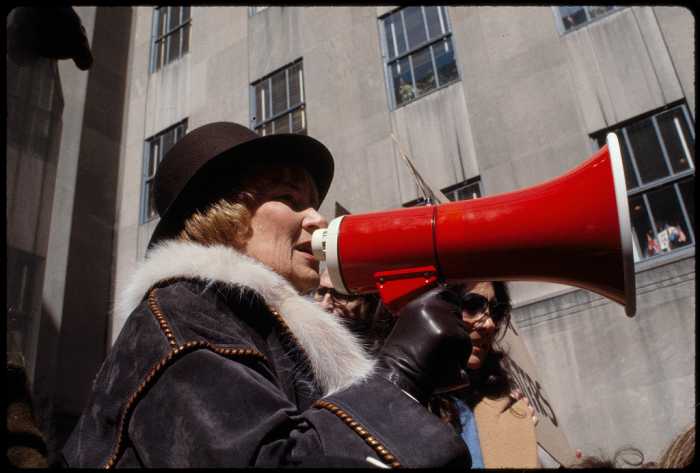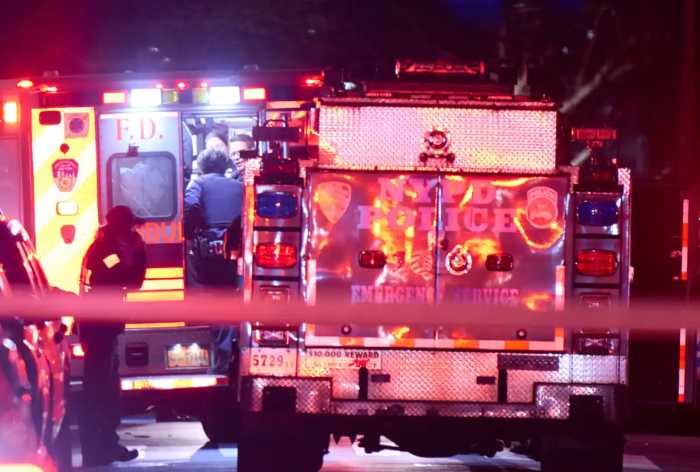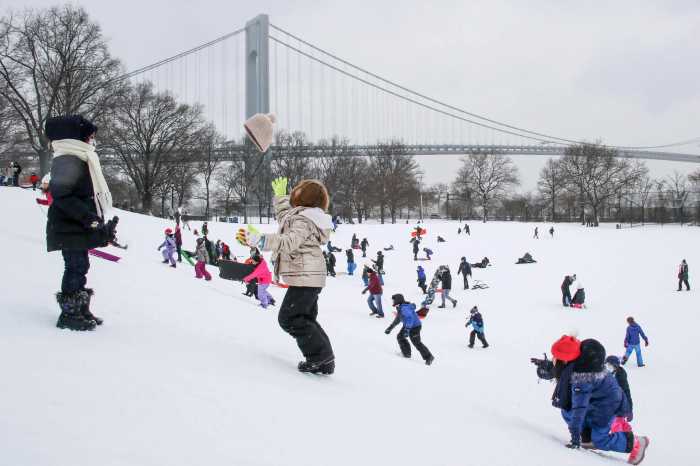How big is big money in New York State?
In 2018 state elections, the top 100 donors gave more than all of the approximately 137,000 small ones (defined as those who gave $175 or less).
Add up the small donations and you get 5 percent of the total given to state candidates. On the federal level, small donations made up four times that percentage.
Even non-New Yorkers alone out-gave NY’s small donors. The vast majority of those out-of-staters gave $1,000 and up.
These numbers from a recent Brennan Center for Justice analysis show the state of campaign giving in New York. With sky-high “limits” on donations ($47,100 for gubernatorial general elections, for example), it’s not surprising that politicians seek out the big dogs more than everybody else.
There is a chance for change in the 2019 legislative season: Gov. Andrew Cuomo has a public campaign finance program in his budget proposal, and Democrats in the state Assembly and Senate have supported similar programs in the past.
Cuomo’s plan would match $6 in public money for every private contribution of $1 up to $175. So, give $10, the politician gets $70.
To prevent someone with no real support from getting free money and jumping into a race, there would be qualifying thresholds for different offices. To prevent runaway public campaign spending, there would be a cap on how much public money a candidate could receive. Candidates could keep fundraising on their own after the cap if they, for example, needed to keep up with a free-spending competitor. And there would be stricter limits on the high end of donations.
The Brennan Center analysis cites a nonprofit group’s estimate that, if applied in 2018, a public financing program would have cost just under $60 million for the year, “less than 0.1 percent of the state’s $175 billion budget, or less than a penny a day per New Yorker.”
This estimate also finds that if the program were in effect in 2018, the landscape would have shifted such that small donors would have been the largest funding source for a majority of legislative candidates – meaning candidates would be incentivized to get the support of large groups of voters, as opposed to those who write checks and shake hands.
The whole thing is modeled after an NYC program that good government groups often praise.
Democrats control all branches of government in Albany and have been gung ho about campaign finance reform through years when Republicans blocked it. Shockingly enough, however, it still may not happen this year.
Lawrence Norden, deputy director of the Brennan Center’s Democracy Program, says the governor seems to be on board and that the center has heard a lot of support from state senators while lobbying. But he calls the Assembly a “harder lift.”
He says that may partially be due to the fact that there hasn’t been much turnover in the Assembly and that public finance sometimes unnerves incumbents.
“It shakes up the system,” says Norden.
Incumbents haven’t exactly been run out of town since the NYC program began. But there has been some good competition: in 2017 elections, close to 90 percent of incumbent City Council members had at least one opponent. In 2016 state legislative races, 25 percent of incumbents didn’t have a primary or general election contest.
Will the Democrat-dominated Assembly be afraid to take the public finance plunge?
“We are still discussing our budget proposal which will be released Monday,” wrote a spokesman for Speaker Carl Heastie of the Bronx.
Campaign finance can’t fix everything. Politicians can still find ways to get around limits in corrupt ways, and you could get zany experiences like the recent city public advocate special election where double-digit candidates got public money for a race that only guaranteed the winner an office for the year.
But given how far the current system is skewed in big money’s direction, you’d think progressive Democrats would want to give it a chance.
















